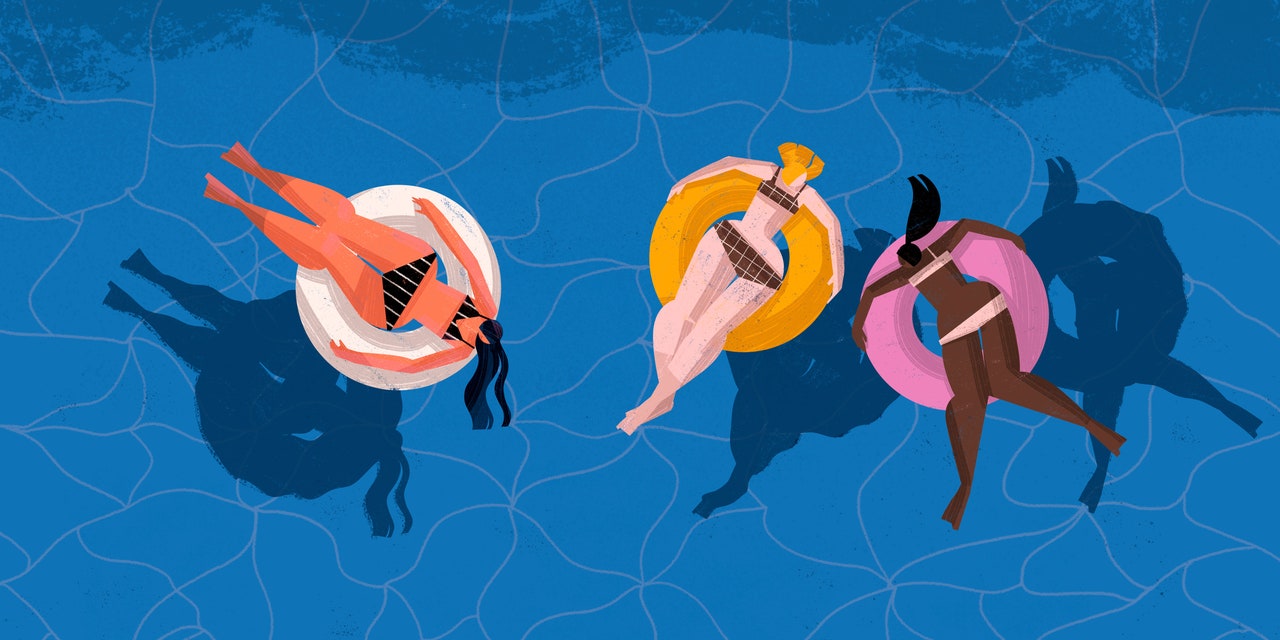Cooped up and bored indoors—yet simultaneously stumped over what will bust you from this rut? We feel you, which is why we compiled a list of go-to outdoor activities that will get you out of the house and provide much-needed doses of sunlight, fresh air, and feel-good vibes.
Not only can heading outside inject excitement into a blah-feeling day, it can also deliver serious health benefits: Exposure to greenspace is linked to a whole slew of physical perks, including reduced blood pressure, heart rate, and levels of the stress hormone cortisol, according to a 2018 meta-analysis of 143 studies published in the journal Environmental Research. Separate research supports the outdoors for your mental health, too. Time in nature can decrease mental distress while boosting happiness, subjective well-being, cognitive functioning, memory, attention, imagination, and creativity, a 2019 review in the journal Science Advances concluded.
In short, there’s a lot to gain from stepping out of your home. And with a handy list of outdoor activities at your fingertips, you can soak up all the awesomeness of nature without spinning your wheels—or wasting precious free time—brainstorming ideas about how to get outside regularly.
We tapped nature-loving folks for a wide-ranging round-up of fun things to do in the great outdoors. From ideas for mini work breaks in the fresh air to al fresco fitness plans, here are some pretty amazing things to do outside. Let this article be your outdoor activities inspiration guide!
READ RELATED: What Is EMDR Therapy, and Can It Really Help You Process Trauma?
1. Lace up for a mindful nature walk.
Feeling on edge or unfocused? Slip on your sneakers, head outside, and get in some steps. Not only is walking an excellent form of low-impact exercise, but intentionally strolling through a natural setting can help you chill out. When people with chronic stress walked outdoors for 40 minutes, they decreased their cortisol levels more than those who did likewise on a treadmill or who watched nature programming on TV for the same amount of time, a 2020 study published in Environment and Behavior found. They also experienced more of a mood improvement afterward.
To make the most of your stroll, tune into the present moment, including what you see and hear around you, Ronna Schneberger, an ANFT forest therapy guide and trainer in Alberta, Canada, tells SELF. She points to a concept called the attention restoration theory, which states that fascinating properties of nature—such as falling water or a snaking trail—can invoke involuntary attention, or the act of simply noticing something without deliberately concentrating on it. This allows our direct attention—what we use to intentionally focus—to rest and recover. So by tuning into what you’re experiencing outdoors, you can then improve your ability to hone in on a task later on.
This can come in especially clutch during the middle of a busy work day when your brain is feeling fried. “Taking a walk at lunch or sitting [outside] and just taking it all in, even for 15 minutes, can make a world of a difference,” Schneberger says.
2. Gaze at the night sky.
Stargazing is one of those underrated outdoor activities that actually has a lot to offer: It’s free, accessible, and can be incredibly calming, Mason McCord, founder of Sleeping Rainbow Adventures Tours in Torrey, Utah, tells SELF. He first got into stargazing as a guide in Zion National Park, and it’s now one of his favorite ways to spend time outside.





